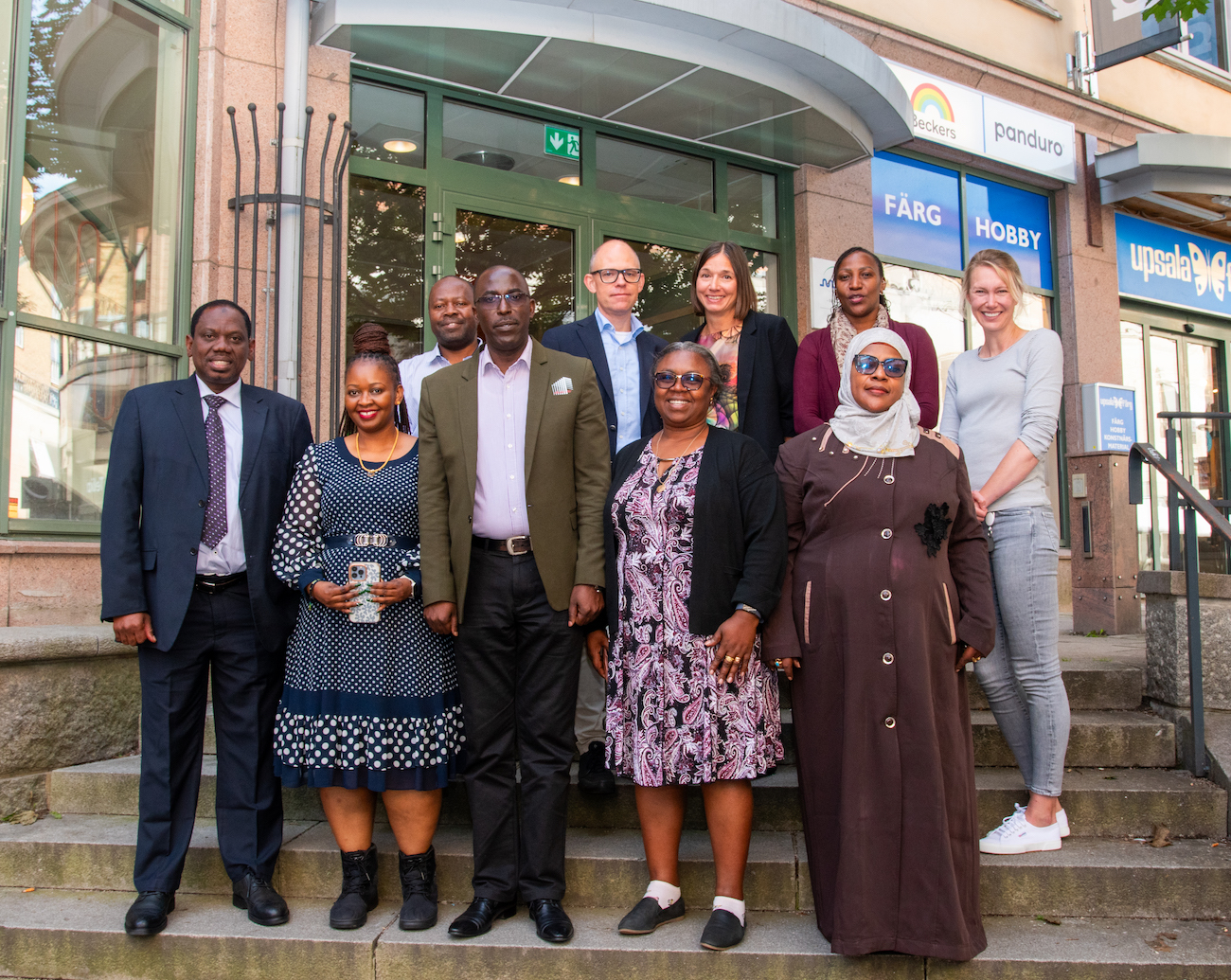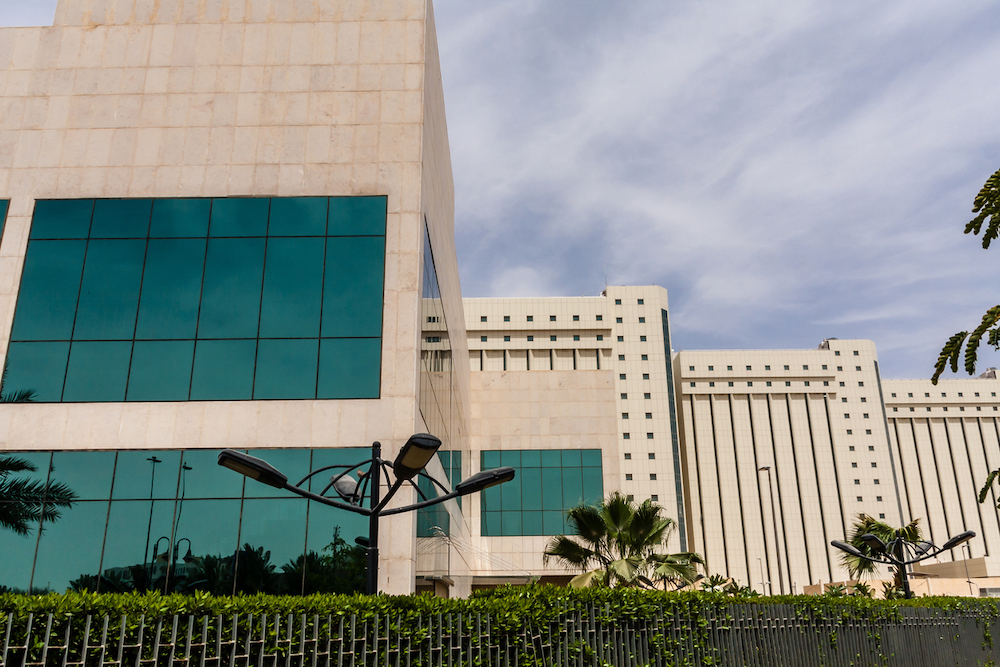
The NPC was established by the Saudi Food and Drug Authority (SFDA) in 2009 and is a full member for the WHO Programme for International Drug Monitoring. The NPC has four major sections: data capture, signal detection, risk analysis, and Periodic Safety Update Reports (PSUR).
The signal detection section is responsible for detecting, reviewing and validating safety signals from various resources, including spontaneous reports, scientific literature, media, local and global databases, and other regulatory documents, such as PSURs. In 2018, the signal detection team started phase one of a ‘new chemical entity’ project.
“The project is an important initiative undertaken by the NPC to proactively monitor newly registered drugs for any potential safety concerns,” said Dr. Adel Alharf, Vice-President for drug affairs at SFDA.
This project takes proactive measures to detect and identify signals emerging from new chemical entities registered in Saudi Arabia within the previous two years (2016–2017). The signal detection team started with a list of newly registered medications in Saudi Arabia and paired it with 60 designated medical events that the European Medicines Agency lists as usually drug-induced.
First, the signal detection team reviewed the summary of product characteristics (SPCs) of all the medications and excluded any adverse events already noted in the SPC from the monitoring list, thus directing focus to unexpected ADRs.
Second, a list including all drug and adverse event combinations (potential signals) was added to the monitoring database. Those combinations were monitored monthly through VigiLyze and evaluated based on the information component (IC) value and the number of cases. The drug-adverse event combinations are transferred to the signal management database if they qualify as a signal, based on the following criteria: the IC value should be 1 or higher and there should be five or more cases.
The results have been interesting – in the first three months of the trial, 34 drug-adverse event combinations were detected and added to the signal management database for assessment – but more time is needed to assess the validity of criteria and the project outcomes.
“This is a crucial step, since it investigates any potential signals identified from local Saudi data, and an important move from reliance on international ADR reports,” Dr Alharf said.




